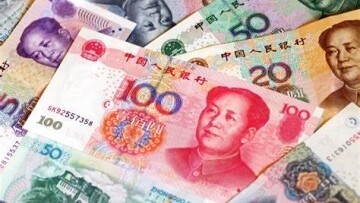
On Monday, the Chinese yuan strengthened against the dollar to a maximum over three months, thanks to the resilience of the domestic bond market and the general weakening of the dollar. Since the beginning of the month, the yuan added 0.3% to the dollar and 0.9% for the year, recovering after multiple minimums in January.
Following the market opening, the People's Bank of China set the official yuan-to-dollar rate at 7.1717. The offshore yuan, in turn, strengthened by 0.36% during the Asian trading session, reaching 7.2304 to the dollar. In the last four days, the Chinese currency showed a steady rise, which became possible due to the recovery of the domestic stock market under conditions of artificial intelligence and the general weakening of the dollar.
Analysts at Barclays noted that regulators expect the stabilization of the yuan's exchange rate ahead of the next meeting of the National People's Congress scheduled for next week. They also specified that key themes during this time will include inflation targets and measures for fiscal support.
By mid-day, the official yuan exchange rate strengthened by 0.3%, reaching 7.2313 to the dollar, which became a maximum since November 29, 2024. Since mid-November, the central bank has regularly set official guidance for the currency stronger than expected by the market, which analysts interpret as an attempt to limit further depreciation of the yuan.
In the market, the yield of Chinese state bonds over the past 10 years rose by 3.6 basis points to 1.78%, while the yield of comparable American treasuries fell to 4.4%. The dollar index against six major currencies decreased by 0.3% to 106.16, marking the minimum level since December after the fall on the U.S. dollar and weak economic data.













